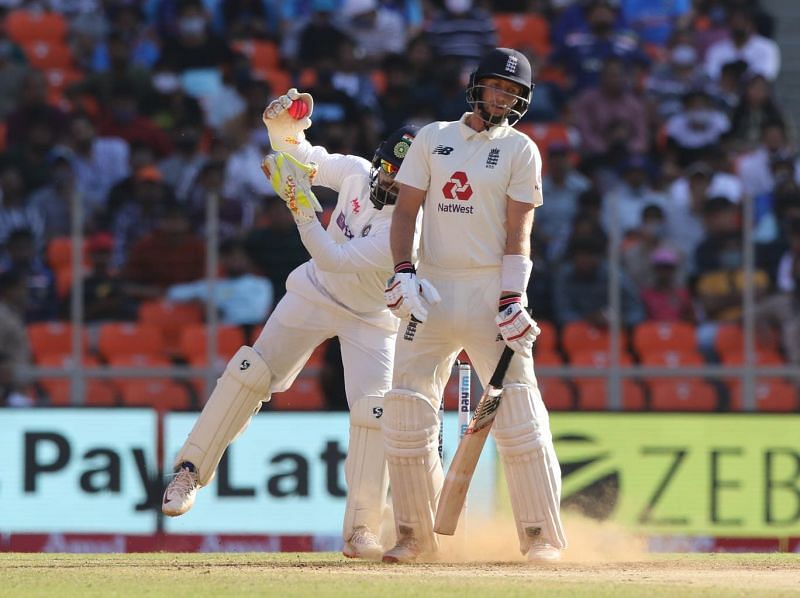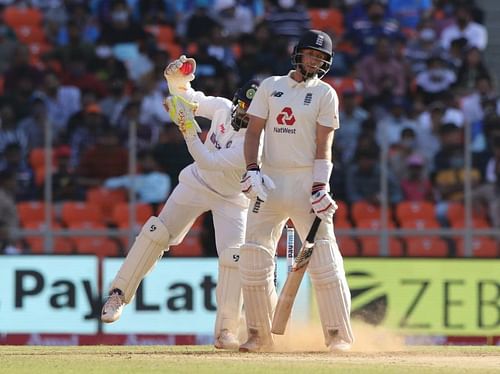
Concerns with the pink ball may see India not hosting day-night Tests in the near future: Reports

The pink ball Ahmedabad Test between India and England ended on the second day, making it one of the shortest Tests of all time. According to reports, the BCCI will rethink hosting day-night Tests in the future, based on the feedback from Indian players.
The Indian Express reported that the Indian team management has complained about the pink ball's visibility and noted that it skids much faster than the red ball.
"What the players say is important. We will take a call soon on whether we should host pink-ball Tests in the future," a BCCI official was quoted by the media.
The Ahmedabad pink-ball Test saw 30 wickets fall for just 387 runs, with spinners picking up 28 of them. Out of those, 21 wickets fell to balls that didn't turn, but skidded on.
After India's 10-wicket victory, a member from the Indian team management complained to the media outlet about "too many variables" coming into play during day-night Tests:
"The problem when facing the pink ball is that it skids much faster compared to the red ball. Muscle memory makes batsmen believe that the ball will come at a particular speed after pitching, like they are used to when playing with the red ball. But the pink ball comes much faster. This is a major issue. Also, our players are not keen to play Day-Night Tests because the pink ball has too many variables, including difficulty in sighting the ball."
On condition of anonymity, an Indian team member told the Indian Express that the pitch was similar to the track used for the second Chennai Test, and if the match was played with a red ball, it would have lasted four days.
"The pink ball was skidding a little more off the wicket" - Axar Patel
Rohit Sharma and Axar Patel were India's best batsman and bowler respectively in the pink-ball Test. Rohit, who scored 66 and 25 not out on the challenging track, stated that the pink ball comes onto the bat quicker than the red ball, and requires more adjustment from the batter.
Even Axar, who claimed 11 wickets in the Test, credited his success to the extra glare on the pink ball, which was getting it to skid off the surface.
"I feel there is a little more glare on the pink ball because of which the ball was skidding a little more off the wicket, and I got LBW decisions because of that. Maybe because of this difference between the red ball and the pink ball, I was getting the ball to skid more off this pitch," Axar said.
Much of the blame for England's defeat also goes to their team management, who misread the conditions, playing three specialist pacers and only one frontline spinner. In contrast, India played three specialist spinners.
To date, India have played three pink-ball Tests, winning both home games. However, none of their games lasted more than eight sessions. India beat Bangladesh at the Eden Gardens, and the match finished in the third day's first session.
In Adelaide, India collapsed for 36 in the second innings as the Test got over in the second session of the third day. The Ahmedabad Test lasted five sessions.